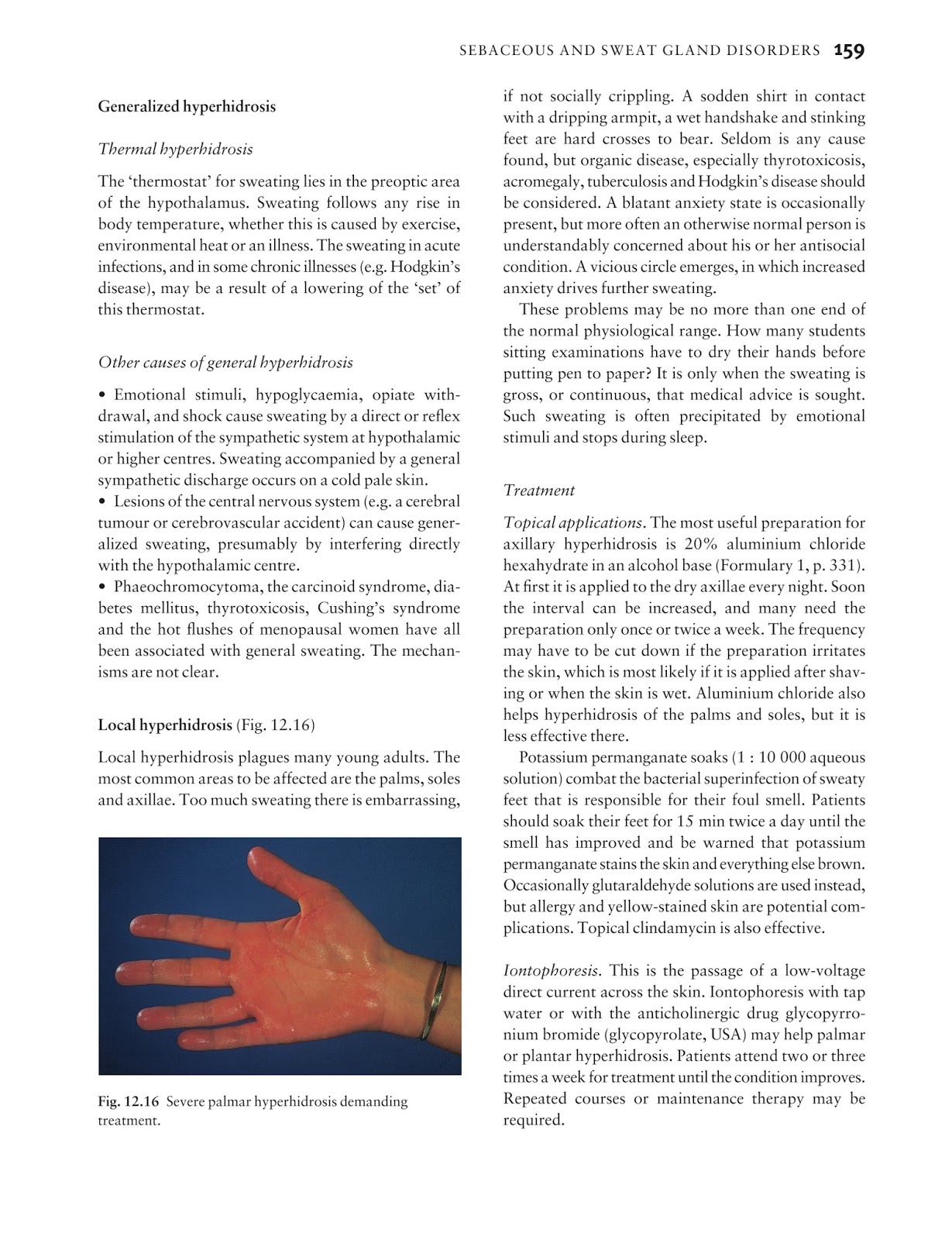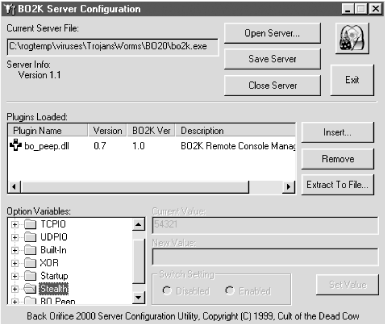

- #Config worm virus how to
- #Config worm virus portable
- #Config worm virus software
- #Config worm virus code
Knowing how to identify attacks and having an overview of the attack surface however is easier said than done. So, how can we find these fileless critters? Behavioral analysis and centralized management are key techniques for detecting and stopping fileless malware attacks.

The payload may come as a file, or it can be read from a remote server and loaded into memory directly. A dropper downloads and starts other malware (the payload) on a compromised system. An attacker might use fileless malware to hunt for useful information, such as a victim’s network configuration. To ensure they have permanent access to a compromised system, an attacker might use fileless malware to create a backdoor. Fileless malware is sometimes used to hunting for credentials, so an attacker can use alternative entry points or elevate their privileges, This can be stealing credentials or exploiting a vulnerability in an access point. The first step of a cyberattack is to gain a foothold on a system. The most common use cases for fileless malware are: And, of course, fileless malware can use native, legitimate tools built into a system during a cyberattack. For more complex programs like ransomware, the fileless malware might act as a dropper, which means the first stage downloads and executes the bigger program which is the actual payload. In essence, fileless malware can do anything that “regular” malware can do, but for practical reasons you will often see that there is a limited amount of malicious, fileless code. Old-school signature-based detection is useless when dealing with fileless malware. Showing that modern-day solutions must contain technology to dynamically detect malicious activity on the system rather than simply detecting malicious files. His write-up also nicely demonstrates what modern anti-malware solutions need to do to protect their users against fileless malware attacks. Our esteemed colleague Vasilios Hioureas has written a walk-through by demonstrating some of his own fileless malware attacks. It gathers information on the targeted system and writes that to the USB device.
#Config worm virus portable
For example, “USB thief” resides on infected USB devices installed as a plugin in popular portable software.
#Config worm virus code
And sometimes the malicious code does exist on a hard disk, just not on the one that belongs to the affected computer. Some use the so-called CactusTorch framework in a malicious document. Modern ransomware attacks sometimes rely on PowerShell commands that execute code stored on public websites like Pastebin or GitHub.įileless malware attacks have also been seen hiding their code inside existing benign files or invisible registry keys. In the case of the Code Red Worm, the malware exploited a buffer overflow vulnerability that allowed it to write itself directly into memory. We noted the trend ourselves, with an overview of fileless attacks in 2018.

Four years ago, the Ponemon Institute’s “The State of Endpoint Security Risk Report,” reported that 77 percent of compromised attacks in 2017 were fileless, and that fileless attacks were ten times more likely to succeed. The first malware to be classified as fileless was the Code Red Worm, which ran rampant in 2001, attacking computers running Microsoft’s Internet Information Services (IIS).īut in the last few years fileless attacks have become more prevalent.

Is fileless malware new?įileless malware attacks have been around for 20 years at least. Which makes fileless malware a step forward in the arms race between malware and security products.
#Config worm virus software


 0 kommentar(er)
0 kommentar(er)
